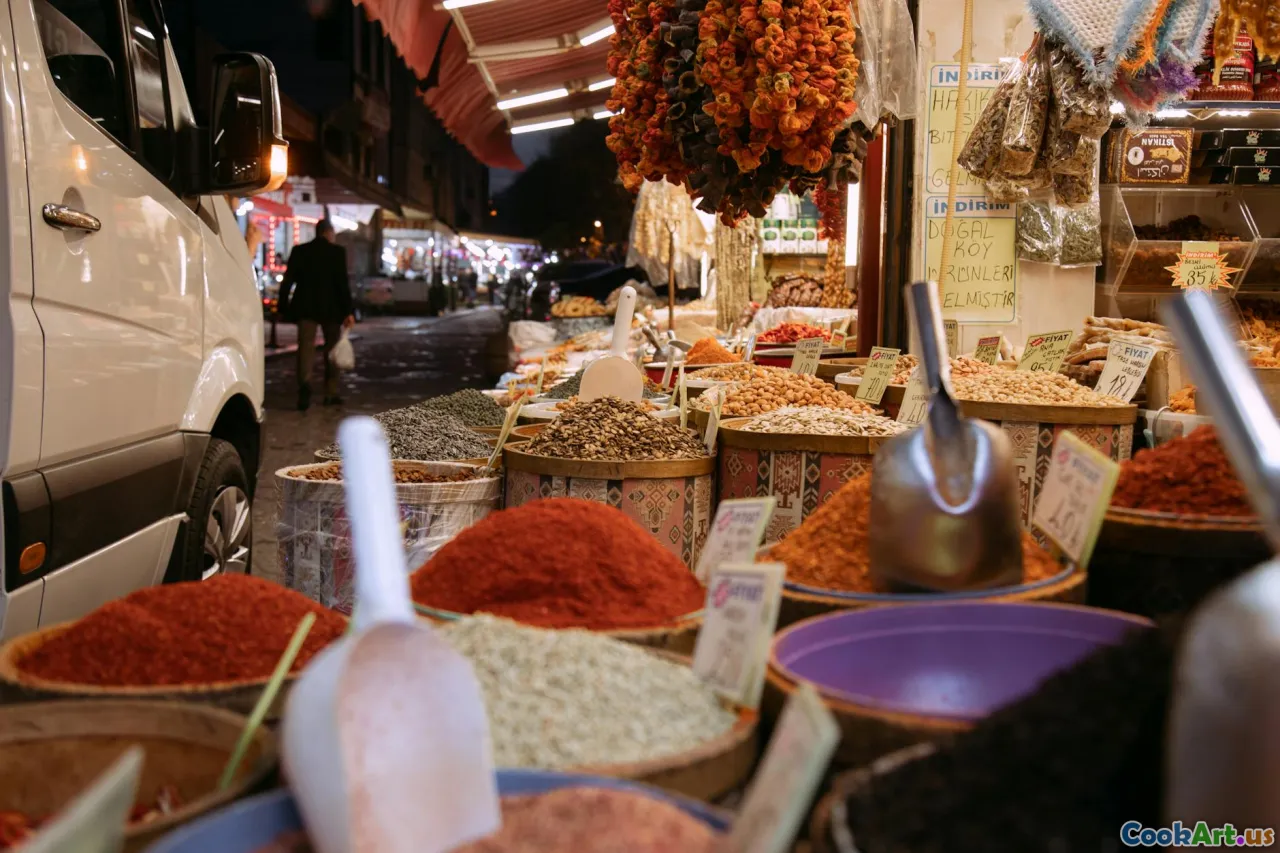Role of Local Spices in Antiguan Cooking
7 min read Discover how vibrant local spices define Antiguan cuisine, infusing dishes with rich history, bold flavors, and cultural pride. May 02, 2025 05:00
Role of Local Spices in Antiguan Cooking
Imagine waking up to the warm Caribbean breeze carrying the aroma of freshly ground spices, mingling with the scent of salted air and blooming hibiscus. In Antigua and Barbuda, food is more than sustenance; it’s a vibrant tapestry woven with centuries of history, culture, and tradition. At the heart of this culinary tapestry are the local spices—tiny, fragrant powerhouses that do more than just flavor food; they tell stories of migration, resilience, and identity.
A History Rooted in Flavor: The Origins of Antiguan Spices
Antiguans have long harnessed the power of spices to elevate their cuisine. The islands’ strategic location in the Caribbean made them a melting pot of influences—Indigenous peoples, European colonizers, African slaves, and Asian traders—all contributing to a rich spice heritage.
Native to the region, ingredients like allspice (known locally as "pimento") and ginger have been cultivated for generations. The arrival of Europeans introduced new spices such as cinnamon and cloves, which found a natural place in local dishes. African and Asian traders, meanwhile, brought turmeric, coriander, and cardamom, adding layers of complexity to the spice palette.
The Heartbeat of Antiguan Cuisine: Key Local Spices
1. Pimento (Allspice)
Often called the "queen of spices" in Antigua, pimento is a cornerstone of local cooking. Its warm, sweet, and slightly peppery aroma is instantly recognizable. Pimento is used to season meats, stews, and even drinks like the famous "Bush Tea." Its role extends beyond flavor—pimento berries are believed to have medicinal properties, aiding digestion and alleviating colds.
2. Ginger
Vibrant and fiery, ginger is a staple in Antiguan kitchens. It infuses dishes with a zesty warmth and is essential in making traditional marinades, chutneys, and beverages like ginger beer. Fresh ginger’s pungency awakens the senses, while dried ginger lends depth to spice blends.
3. Cinnamon
Sweet and woody, cinnamon adds a comforting aroma to desserts, rice dishes, and stews. In Antigua, cinnamon’s presence is felt in treats like "Black Cake"—a rich fruitcake soaked in rum and spiced with cinnamon—and in hot beverages enjoyed during cool evenings.
4. Cloves
Cloves bring a pungent, sweet, and slightly bitter essence to Antiguan dishes. They are often used in pickling, baking, and in the preparation of traditional drinks, adding a depth of flavor that signifies celebration and warmth.
5. Turmeric
Offering a vibrant yellow hue, turmeric is prized for its earthy flavor and health benefits. It’s a vital ingredient in curries and rice dishes, imparting both color and a subtle bitterness that balances other spices.
6. Coriander and Cumin
Though less prominent, these spices contribute a citrusy and nutty undertone, often used in seasoning blends for meats and vegetable stews.
The Sensory Experience: How Spices Shape Antiguan Dishes
Imagine biting into a steaming plate of "Pepperpot"—a hearty stew of salted meats, vegetables, and fragrant spices. The aroma alone is intoxicating, a symphony of allspice, ginger, and cinnamon dancing together. The spicy warmth hits your palate, balanced by the sweetness of caramelized onions and the richness of slow-cooked meats.
In Antigua, spices are not merely ingredients; they are storytellers. When a local grandmother prepares her famous "Fungi and Saltfish"—a traditional breakfast of ground provisions and salted cod—the aroma of pimento and thyme wafts through the air, evoking memories of community, family, and heritage.
Cultural Significance and Daily Life
Spices in Antigua serve as bridges to the past. They are central to celebrations like Carnival, where food plays a crucial role. During festivals, streets are filled with the scent of spiced meats and sweet baked goods, each seasoned with a local touch.
In everyday life, spices also symbolize resilience. During times of hardship, local ingredients and spices provided comfort and a sense of identity. Recipes passed down through generations incorporate these flavors not just for taste but as a celebration of survival and pride.
Personal Reflections and Anecdotes
As a culinary explorer, I’ve had the privilege of tasting authentic Antiguan dishes prepared by local families. One memory that stands out is visiting a small village where a grandmother shared her secret marinade for chicken—packed with pimento, fresh ginger, and a hint of cinnamon. The marinade transformed simple poultry into a dish bursting with complex, layered flavors.
The use of local spices in Antigua exemplifies how food connects us to our roots. It’s a reminder that even the smallest ingredient can carry centuries of history, emotion, and cultural identity.
Conclusion: Embracing the Spice Heritage
Antiguan cuisine is a testament to the island’s diverse history and vibrant culture. The local spices—pimento, ginger, cinnamon, cloves, turmeric, and others—are more than flavor enhancers; they are symbols of resilience, community, and identity. They evoke the island’s story, from indigenous roots and colonial influences to modern-day celebrations.
Next time you savor a dish from Antigua, take a moment to appreciate the magic of its spices. They are the soul of the island’s culinary heritage, inviting you to experience a taste of history, tradition, and the warm Caribbean spirit in every bite.









